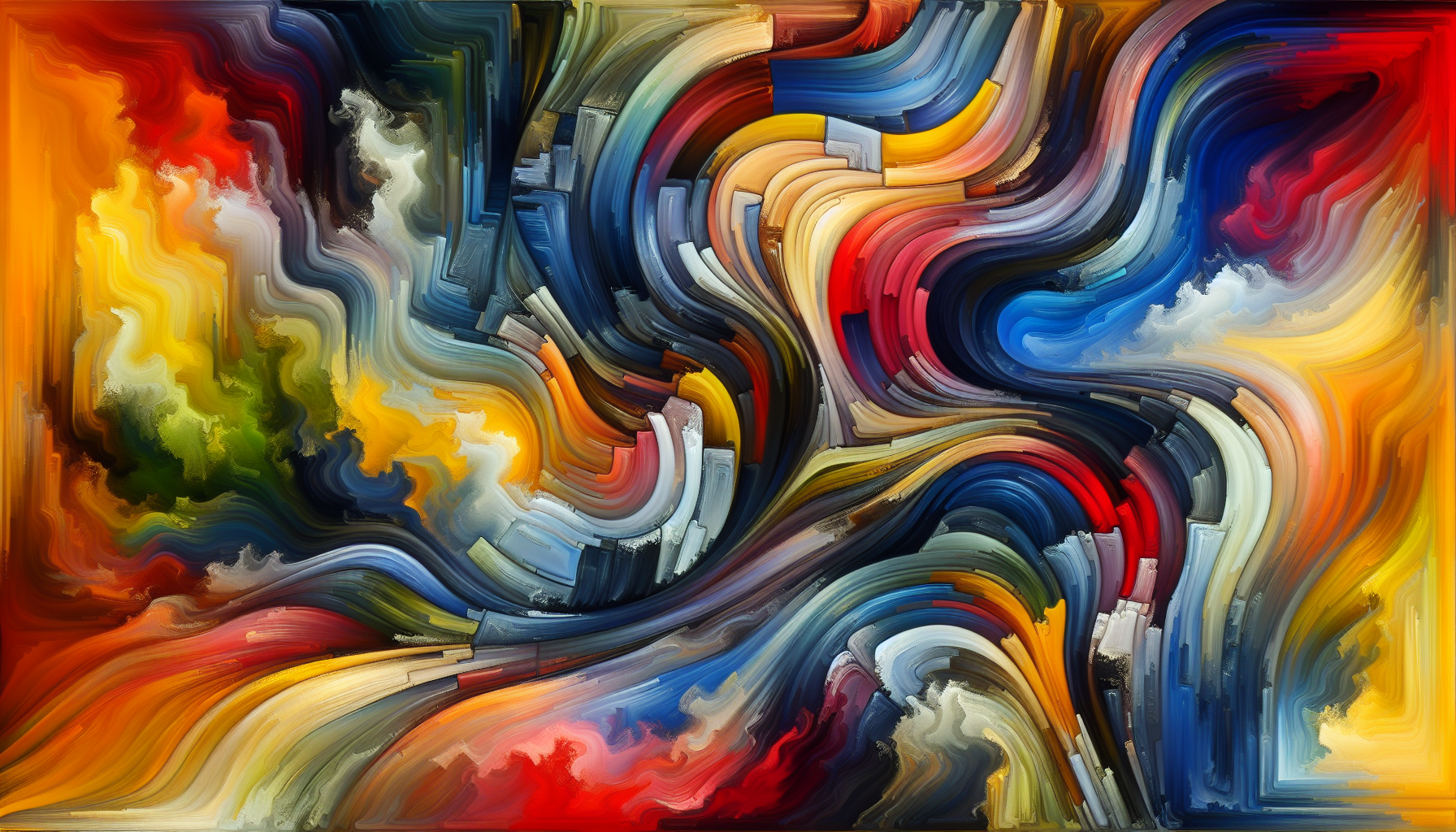In the ever-evolving landscape of art, modern abstract expressionism has emerged as a powerful force, captivating audiences with its vibrant energy and boundless creativity. This movement, which began in the mid-20th century, continues to thrive by pushing the boundaries of traditional art forms and reshaping our understanding of what art can be. At its core, modern abstract expressionism is about liberation—an escape from the constraints of form, structure, and conventional representation.
The artists who pioneer this realm of expression often challenge established norms, inviting viewers to engage with emotion, color, and form in new and unexpected ways. Through their work, they communicate complex themes that can range from the deeply personal to the universally human. Instead of offering a literal depiction of reality, abstract expressionists endeavor to evoke an emotional response, encouraging a dialogue between the artwork and its audience.
In this dynamic world, each piece becomes a unique expression of an artist’s inner world, captured through bold brushstrokes, sweeping gestures, and rich textures. Artists like Jackson Pollock, Mark Rothko, and Helen Frankenthaler set the stage for those who follow, laying the groundwork for future innovators. These pioneers broke away from academic tradition and convention, drawing inspiration from the existential angst and newfound freedoms of the modern era.
Today’s artists continue to build on their legacy, embracing a wide array of materials and techniques, sometimes integrating digital technology or mixed media to create multidimensional experiences. By synthesizing diverse influences and experimenting with various forms of expression, modern abstract artists cultivate a limitless creative space where new ideas and perspectives are constantly emerging.
In this world, color is not merely used for aesthetic appeal but serves as a language of its own—speaking to the viewer on a visceral level. The interplay of contrasting hues, shapes, and lines can evoke a spectrum of emotions, from elation to introspection. These artworks invite viewers to explore their own emotional landscapes, encouraging personal interpretation and a deeper connection to the art.
The significance of modern abstract art lies in its ability to transcend cultural and geographical boundaries, creating a universal platform for dialogue and understanding. By embracing abstraction, artists can express the inexpressible, capturing the essence of intangible concepts such as time, space, and emotion.
In essence, modern abstract expressionism celebrates the beauty of disorder and the power of the unexpected. It thrives on the notion that art is not static but a living, breathing process that evolves with each new creation. As artists continue to explore and redefine abstract art, they not only pay homage to its rich history but also forge paths toward an exciting future.
For anyone interested in diving into this vibrant world, the journey promises to be one of endless discovery and inspiration. Whether an artist or an observer, engaging with modern abstract expressionism offers a unique opportunity to see the world from a different perspective, where creativity knows no bounds and imagination reigns supreme.
